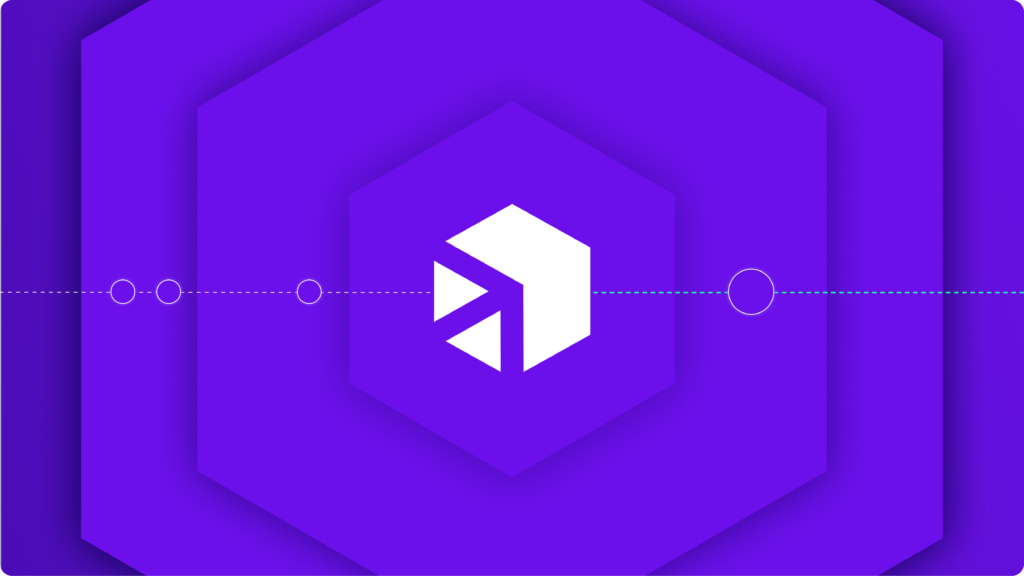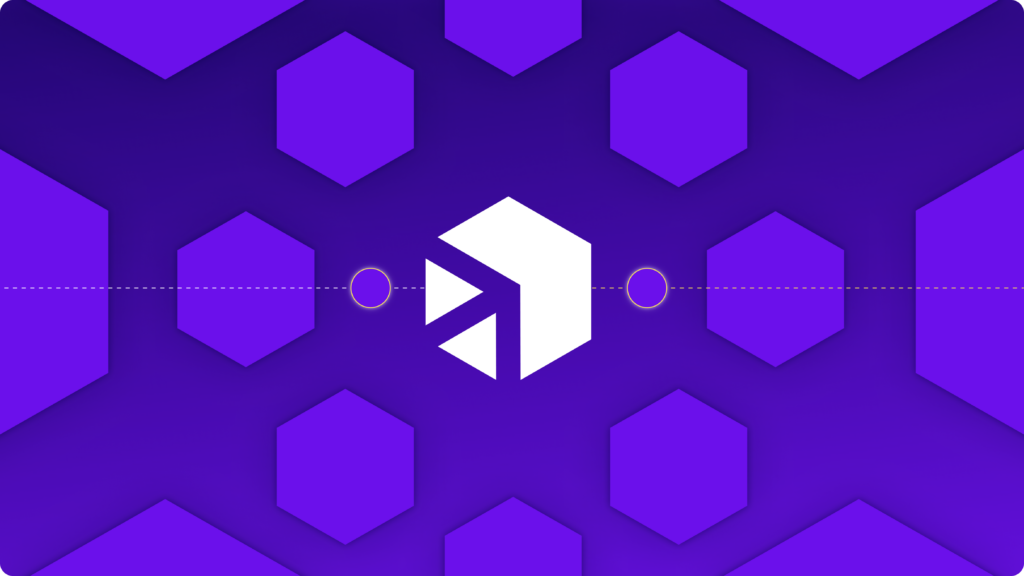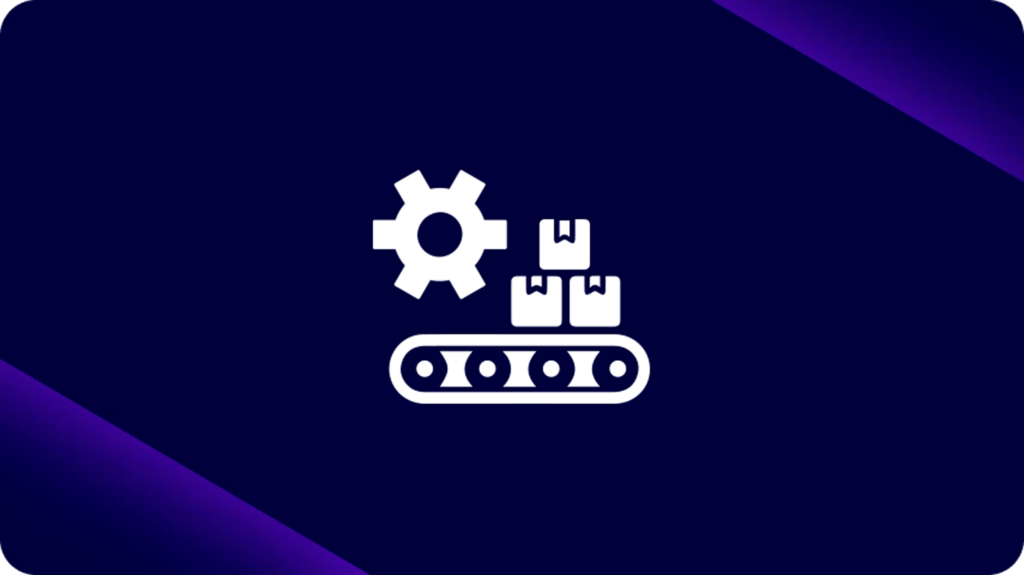novembro 21, 2022
As instituições financeiras estão enfrentando um cenário tecnológico desafiador de maneira única. À medida que seus clientes exigem cada vez mais experiências digitais personalizadas, como as que desfrutam em outros setores, os bancos se veem obrigados a superar as lacunas entre facilidade de acesso e segurança, velocidade e precisão, taxas competitivas e vastos e complexos sistemas de dados.
A arquitetura de seus sistemas bancários centrais é crucial demais para ser arriscada com uma abordagem descuidada, mas é necessária mais flexibilidade para se manter competitivo e se adaptar às tendências emergentes. Como uma grande instituição financeira, como você pode facilitar a mudança certa quando há tão pouco espaço para erros?
>> Agende uma demonstração personalizada com nossa equipe de especialistas e veja como o iPaaS da Digibee trará eficiência ao seu negócio.
O estado atual da tecnologia bancária
Data centers antigos e sistemas legados ainda sustentam a arquitetura dos sistemas bancários centrais usados no setor financeiro. Quando sobrecarregado com tecnologias legadas no back-end dos sistemas bancários centrais, que englobam serviços essenciais como contas, pagamentos online, empréstimos pessoais e hipotecas, um banco tem muito trabalho a fazer para atualizar sua pilha tecnológica.
A solução muitas vezes não é tão simples quanto retirar indiscriminadamente tudo o que é antigo e substituir por algo novo no mercado.
Tome, por exemplo, o COBOL, uma linguagem de programação ainda amplamente utilizada pelos bancos hoje. Desenvolvido em 1959, ele é muitos anos mais velho que o CEO médio. Esse sistema bancário legado está pronto para a aposentadoria? As fontes discordam sobre se ele representa beco sem saída evolutivo ou se ainda oferece valor essencial para os negócios.
Mainframe e COBOL, quando devidamente mantidos, ainda são capazes de lidar com o processamento diário de transações de um sistema bancário integrado, e mesmo após mais de 60 anos, a IBM continua a fornecer atualizações e suporte.
Aproximadamente 40% dos bancos de médio porte ainda não têm uma estratégia de API
As conexões entre esses sistemas complexos também devem ser consideradas. A flexibilidade necessária para a modernização será encontrada por meio da integração nativa ou por APIs? Cerca de 40% dos bancos de médio porte ainda não possuem uma estratégia de API, já que apenas os maiores bancos podem se dar ao luxo de investir tempo e recursos para construir e manter todas as suas APIs com equipes internas de TI.
O cliente bancário moderno
O cliente bancário moderno passou a esperar acesso fácil ao seu dinheiro e informações financeiras. Embora a realidade dessas transações – que envolvem recuperar e transferir informações financeiras entre instituições que podem estar sob regulamentações diferentes e requerem a conexão com uma API de integração de bancos estrangeiros – seja de fato tudo, menos simples, as interfaces de usuário sofisticadas dos aplicativos fazem tudo parecer muito simples do ponto de vista do usuário.

Essa sensação de facilidade de uso e o desejo de empoderamento são esperados para crescer ainda mais como uma demanda do cliente. A Gartner lista as três evoluções do digital nos serviços financeiros como:
- Transações de autoatendimento mais fáceis
- Jornadas do cliente mais empoderadas
- Relações financeiras incorporadas
À medida que o setor de FinTech cresce, mais concorrentes do banco tradicional surgem, ansiosos e melhor posicionados para aproveitar todas essas oportunidades tecnológicas. Ao mesmo tempo, muitos países estão fazendo mudanças que impactam as regulamentações financeiras que governam seus bancos, o que significa que qualquer vantagem que um banco tradicional tenha devido aos anos de história pode ser perdida na necessidade de se adaptar rapidamente a um novo modo de operação.
As políticas de open banking são um exemplo claro de como mudanças nas regulamentações financeiras exigiram mudanças rápidas das instituições financeiras de muitos países.
“O sistema financeiro foi estruturado [ao longo dos séculos] para proteger os dados bancários e criou forças internas para isso. O open banking muda essa premissa e estabelece que os dados não pertencem mais ao banco. É uma mudança cultural violenta.”
Carlos Augusto de Oliveira, diretor e coordenador dos fóruns de tecnologia da Associação Brasileira de Bancos (ABBC), sobre a mudança do Brasil para o open banking em 2020
Preenchendo a lacuna com a integração empresarial
Onde quer que você se posicione sobre a aposentadoria do mainframe COBOL ou de qualquer outro sistema bancário legado ainda em uso no setor financeiro, a principal lição é que a lacuna entre o banco tradicional e o cliente bancário moderno precisa ser superada.
“Os sistemas (bancários) geralmente possuem tecnologias desatualizadas em relação às necessidades e padrões de segurança, desempenho e escalabilidade exigidos para o mundo conectado de hoje.”
Peter Kreslins Junior, CTO e cofundador da Digibee
Isso ainda deixa um dilema complexo diante dos bancos:
- Rever todo o seu sistema legado e encontrar uma maneira interna de viabilizar essas integrações de API, ou
- Buscar plataformas alternativas com foco nos modernos serviços financeiros digitais.
“Vejo essa segunda opção como uma tendência, o mercado está se movendo nessa direção. Com as plataformas que se conectam mais facilmente, os bancos habilitam e aceleram essa integração sem precisar de um grande investimento, o que é essencial, considerando o prazo apertado e os orçamentos limitados de algumas instituições”, aponta o diretor da ABBC.
A Plataforma de Integração Corporativa como Serviço (iPaaS), especialmente quando apoiada pelo fornecedor certo com experiência no setor financeiro, oferece uma excelente opção. Um bom iPaaS trabalha para dar suporte aos sistemas legados, oferecendo a flexibilidade necessária para permitir que uma instituição financeira una o que há de mais moderno com o que já é comprovado em um sistema único e sem interrupções.
Quando comparado API vs integração, especialmente iPaaS, os principais fatores a considerar são custo e tempo necessário para construir. Para construir uma nova integração de API, um desenvolvedor deve ter um alto nível de habilidade e um profundo entendimento dos dois sistemas específicos a serem conectados, incluindo a API de integração bancária, tornando o processo demorado e dispendioso.
A transição para uma plataforma low-code com ferramentas reutilizáveis pré-construídas simplifica o processo de construção de APIs, e a automação oferece novos níveis de eficiência operacional, tanto para a construção do sistema quanto para sua manutenção.
Digibee conhece a integração bancária
A Digibee tem experiência prática no trabalho com bancos que precisam modernizar rapidamente seus sistemas bancários centrais. Em uma parceria com uma instituição bancária global, o 5º maior banco comercial do Brasil, a Digibee entregou com sucesso uma solução de integração totalmente automatizada e segura em tempo recorde.
Se sua instituição financeira está tentando criar um sistema bancário integrado que depende de Microservices, ESB/Cloud ou APIs, a interface local da Digibee pode conectar e transferir dados de forma segura para a plataforma Digibee em tempo real.
Saiba mais sobre como a Digibee pode apoiar sua instituição financeira em seus jornada de modernização ou, se preferir, solicite uma demonstração para ver nossa solução em ação.









